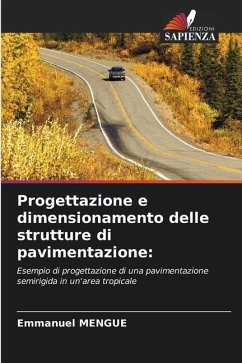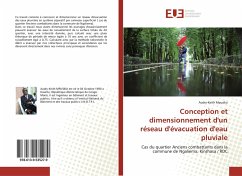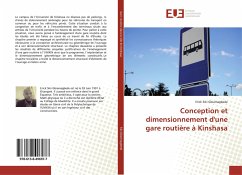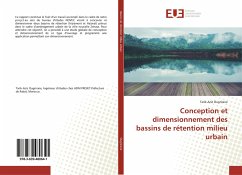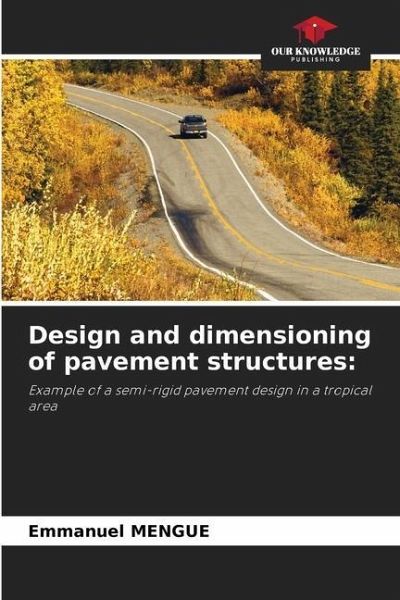
Design and dimensioning of pavement structures:
Example of a semi-rigid pavement design in a tropical area
Versandkostenfrei!
Versandfertig in 6-10 Tagen
29,99 €
inkl. MwSt.

PAYBACK Punkte
15 °P sammeln!
The design of linear infrastructure and particularly roads in tropical and subtropical regions continues to be based mainly on empirical methods. The current trend in pavement design is to use parameters derived directly from laboratory or in-situ tests. In this study, two approaches to the design of pavement structures are presented. Firstly, a road pavement structure consisting of cement-treated lateritic soil is designed using the American empirical method of the AASHTO and the French mechanistic-empirical method of the LCPC-SETRA, implemented in the Alizé1.3 design code. Secondly, the res...
The design of linear infrastructure and particularly roads in tropical and subtropical regions continues to be based mainly on empirical methods. The current trend in pavement design is to use parameters derived directly from laboratory or in-situ tests. In this study, two approaches to the design of pavement structures are presented. Firstly, a road pavement structure consisting of cement-treated lateritic soil is designed using the American empirical method of the AASHTO and the French mechanistic-empirical method of the LCPC-SETRA, implemented in the Alizé1.3 design code. Secondly, the results obtained by these two methods are compared with those already obtained and provided in the CEBTP Guide to pavement design for tropical countries. Regression relationships are proposed based on the key parameters used in pavement design. They are robust and produce good linear correlations.




